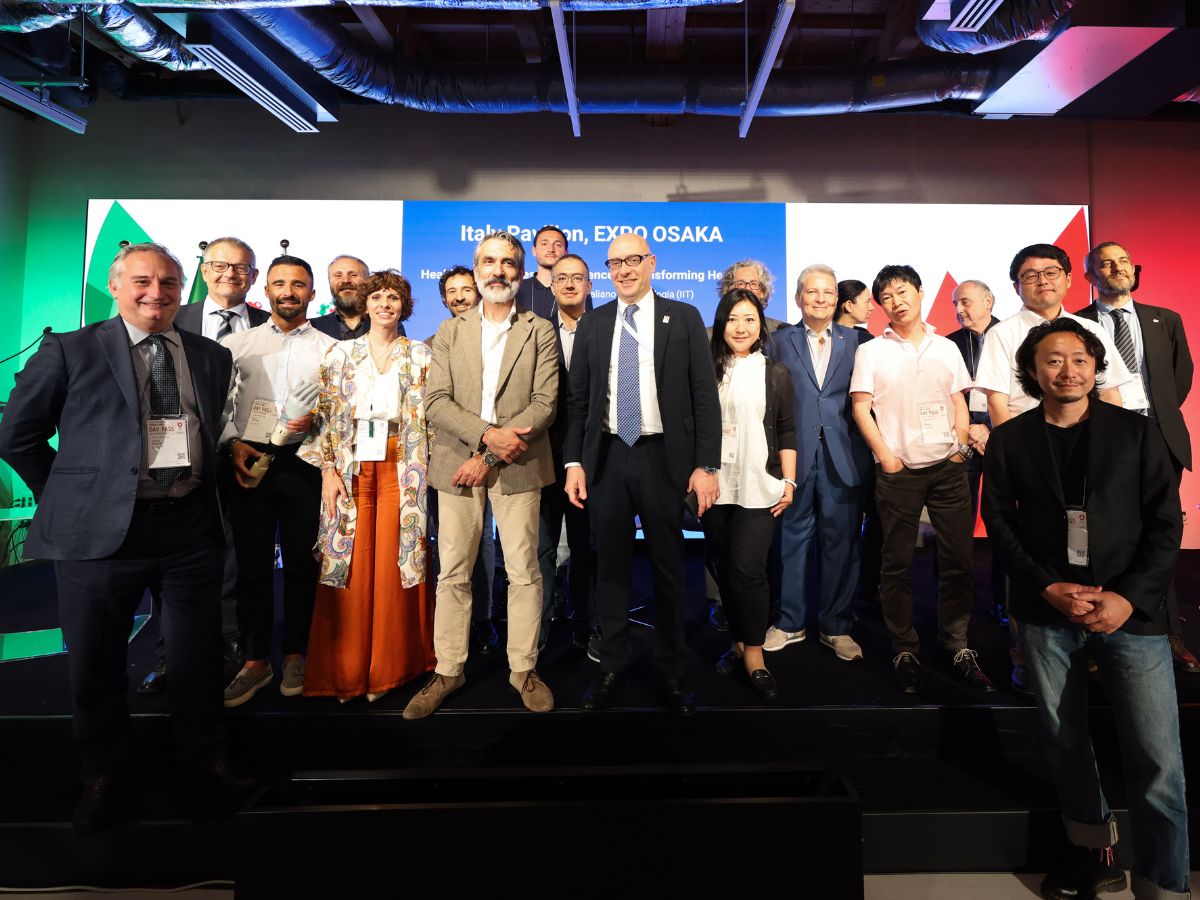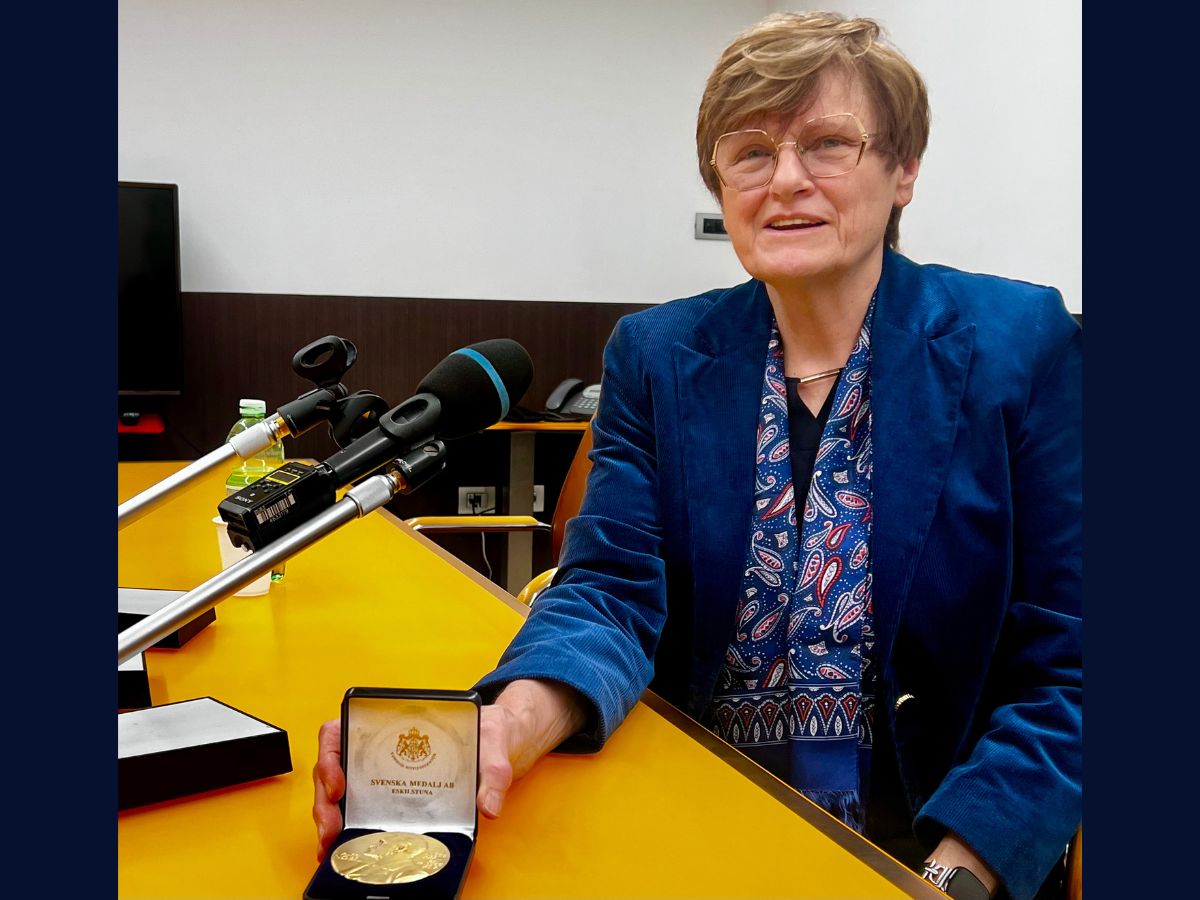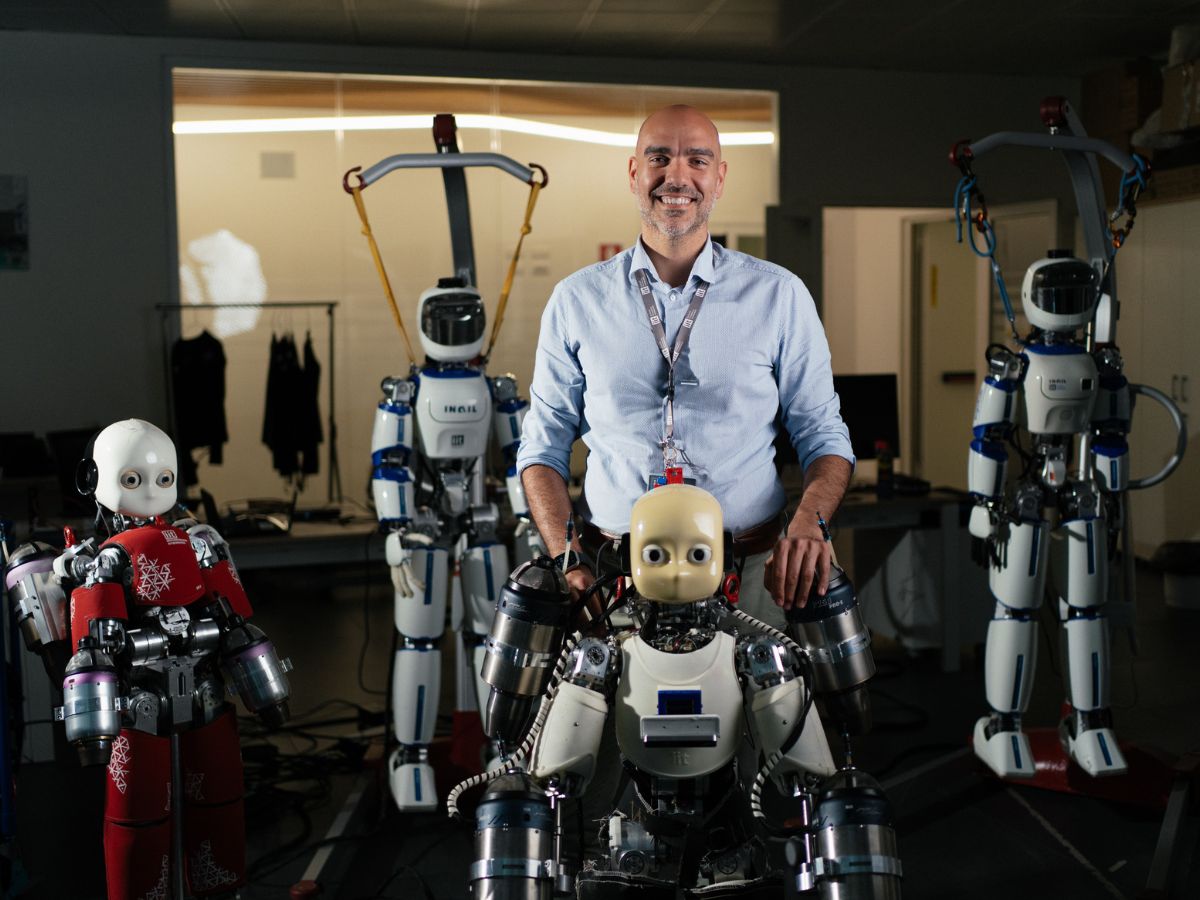During the health week at EXPO, Italian Institute of Technology (IIT) organized a workshop focused on the technologies which are transforming healthcare also to address the challenges of a global aging population
Humanoid robotics, robotic prosthetics, genomics and RNA technologies, nanomedicine, and advanced microscopy were the key themes presented today at the Italy Pavilion at the EXPO 2025 Osaka in Japan during the workshop “Health Technologies: How Science is Transforming Healthcare” organized by the Italian Institute of Technology (IIT) during the health week and moderated by the science journalist Akihiko Mori. The event brought together IIT scientists and experts from Italian and Japanese research institutes and companies with whom IIT collaborates on future medical technologies, including Nikon Instruments, RIKEN, Kanazawa University and Bracco. The workshop began with opening remarks from Mario Andrea Vattani, Italy’s Commissioner General for Expo 2025 Osaka. This was followed by a discussion on the future of humanoid robotics in an aging society, featuring IIT Scientific Director Giorgio Metta and Hiroshi Ishiguro, a professor at Osaka University and the creator of one of the Expo’s three thematic areas.
The event took place under a memorandum of understanding between IIT and the General Commissioner’s Office for Italian participation at Expo 2025 Osaka aiming at valorizing “made in Italy” research and technology.
The core theme of Expo 2025 Osaka is “Designing Future Society for Our Lives,” with a significant focus on the aging global population. According to WHO statistics, the number of people aged 60 and older worldwide is projected to increase from 1.1 billion in 2023 to 1.4 billion by 2030. This demographic shift carries significant implications for public health, including the rise of chronic diseases, functional impairments, and increased healthcare costs. Italy and Japan share the condition of having rapidly aging populations; Italy is the oldest country in Europe and the second oldest in the world, while Japan is the oldest globally, with more than one in ten people now aged 80 or older.
IIT workshop highlighted how science and technology play a vital role in fostering early detection and effective treatment of these conditions. Furthermore, an aging population also poses challenges such as potential labor shortages and reduced productivity in the coming years.
During his discussion with Professor Hiroshi Ishiguro, known for creating a robot in his own likeness, IIT Scientific Director Giorgio Metta showed the advancements in humanoid robotics, from the early iCub to the more recent ergoCub designed for assistance in workplace environment. Metta emphasized the constant growth, leading to the development of robots capable of interacting with humans, working alongside us, and even becoming useful in therapeutic approaches for individuals with autism. Both Italy and Japan are at the forefront of this sector, as demonstrated by research agreements between IIT and Professor Ishiguro, as well as with other Japanese companies.
The IIT mission in technology transfer was also represented by the long-standing collaboration with Nikon Instruments in the field of optical microscopy. Giuseppe Vicidomini, Principal Investigator of the Molecular Microscopy and Spectroscopy Laboratory at IIT, and Ryu Nakamura, from Nikon Corporation’s NNP Designing Department Technology Solution Sector Healthcare Business Unit, showed how cutting-edge laboratory research led to a cell observation instrument that has had a significant impact on medical biology.
At the heart of the scientific collaborations between IIT and Japan are revolutionary technologies for understanding diseases at a genetic level and developing personalized treatments. Hazuki Takahashi, researcher at RIKEN, and Stefano Gustincich, Director of RNA Lab at IIT, discussed the Fantom project, aimed to identify RNA-based technologies. Nanomedicine and nanoparticles for precision therapies were the topic presented by Satoshi Arai, Professor at Kanazawa University, and Gianni Ciofani, Principal Investigator of IIT’s Smart Bio-Interfaces laboratory.
Italian expertise in the sector found a further example in IIT’s ongoing collaboration with Bracco. During the event, Alessandro Maiocchi, Innovation Hub Director at Bracco, introduced IPPOCRATE, a digital platform for collaborative clinical research based on artificial intelligence (AI) that the company is developing in partnership with IIT. The project promotes harmonized governance of federated data and the democratization of AI use in the medical field.
The workshop ended with a presentation of successful cases of technology transfer in the health sector from IIT, introduced by Fabrizio Tubertini, Head of Industrial Innovation at IIT’s Technology Transfer Directorate. Laura Cancedda, Principal Investigator of Brain Development and Disease laboratory, shared insights from Iama Therapeutics, a startup founded to develop a new drug for neurodevelopmental disorders. Luca Berdondini, Principal Investigator of Microtechnology for Neuroelectronics Laboratory, discussed the evolution of brain microtechnologies into a product from the startup Corticale. Finally, Matteo Laffranchi, head of the joint laboratory IIT-INAIL Rehab Technologies, explained the functionality of two robotic prostheses, Hannes for the upper limb and OMNIA for the lower limb, both designed and developed together with patients to improve their quality of life, they will soon be brought to market through a startup currently being launched.
“In a rapidly aging world, robotics, genomics, nanotechnologies, and neurosciences offer a tangible solution to improve people’s quality of life. This is the purpose of our technologies. Building on the work of 2,000 researchers from all over the world who populate our centers across the country, we transform science into technology for the common good, and our collaboration with a highly advanced country like Japan allows us to accelerate the realization of this vision,” commented IIT Scientific Director Giorgio Metta on the sidelines of the event.
“Topics such as humanoid robotics, nanomedicine, RNA technologies, and advanced microscopy are increasingly central for both Italy and Japan, which share the challenges posed by an aging population,” stated Mario Vattani, Italy’s Commissioner General for Expo 2025 Osaka. “Thanks to the support of partners such as the Italian Institute of Technology, Bracco, and the valuable contributions of experts like Professor Hiroshi Ishiguro from Osaka University and Giorgio Metta, IIT’s Scientific Director, the Italy Pavilion at Expo 2025 Osaka is becoming an increasingly valuable tool for scientific diplomacy.”





